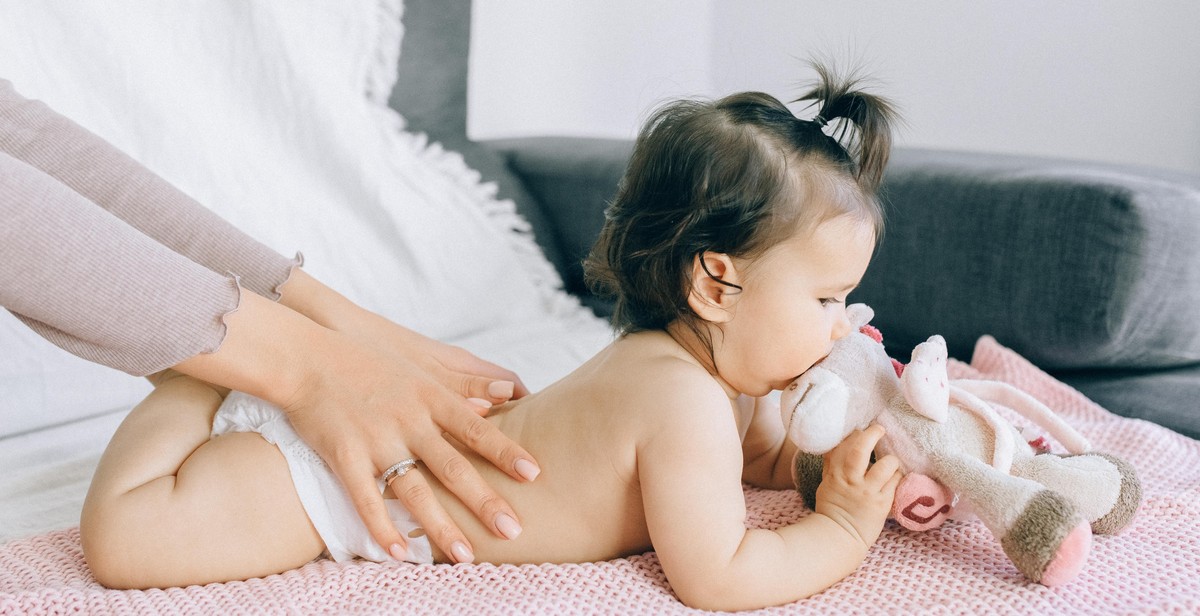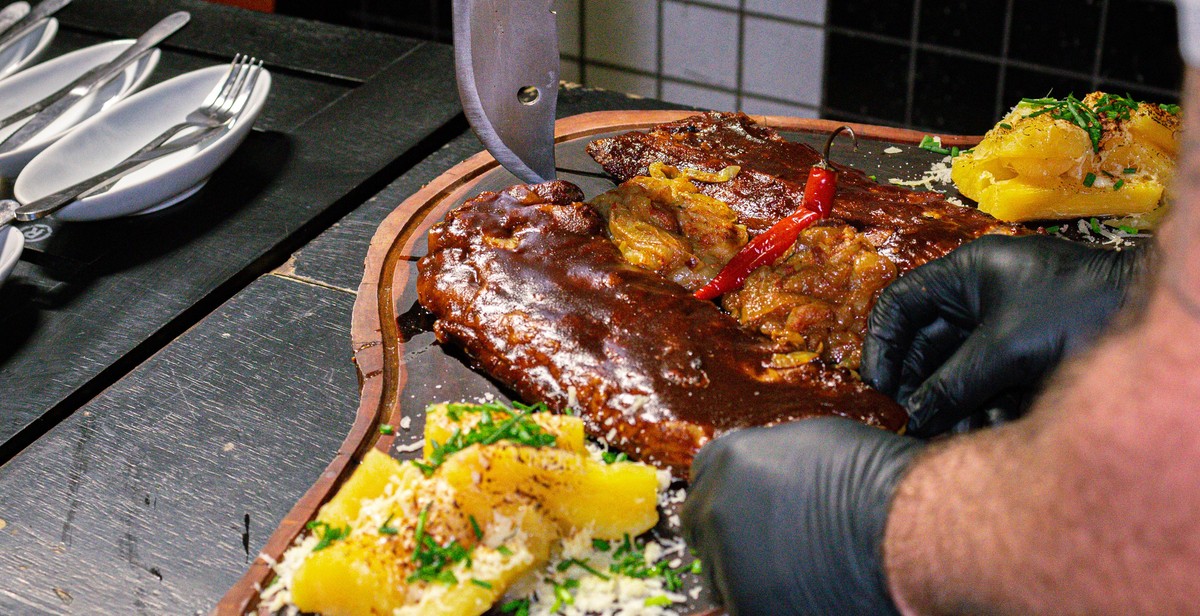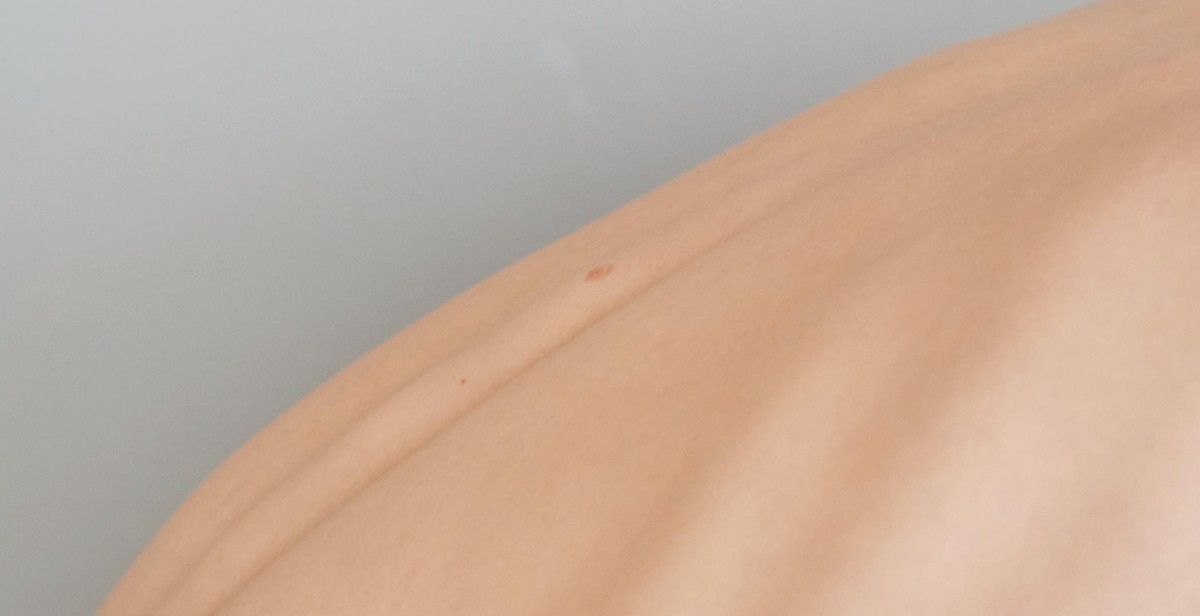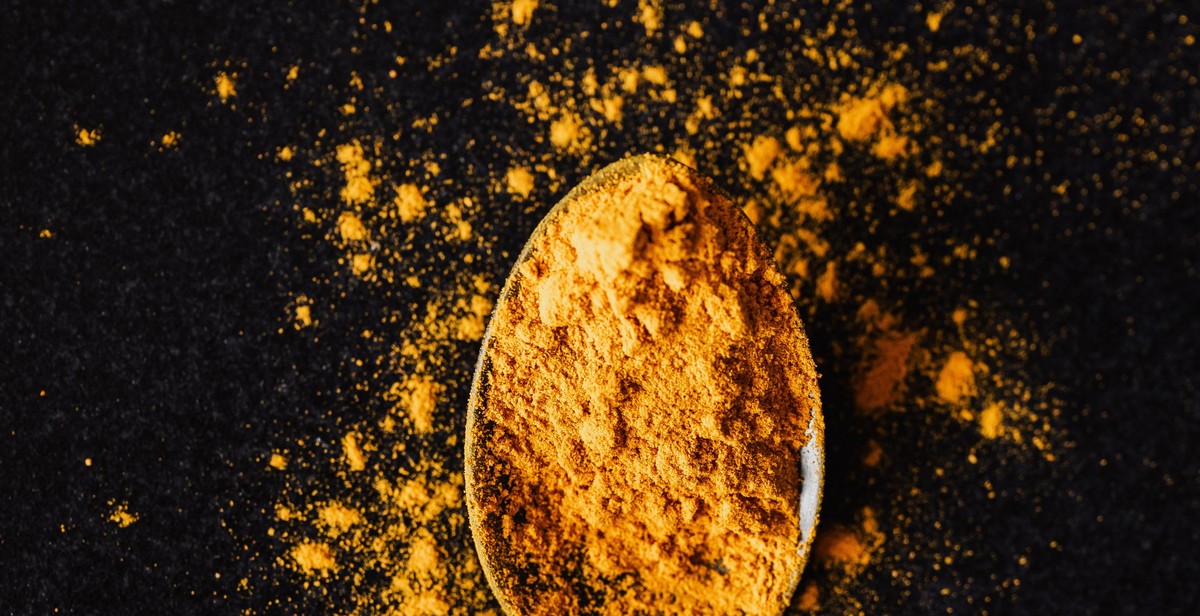How to Smoke Ribs: Tender and Smoky Barbecue Delicacy
Smoking ribs is more than just cooking meat over an open flame. It’s an art that requires patience, skill, and the right equipment. Smoking ribs is a slow process that infuses the meat with a smoky flavor and makes it tender and juicy. It’s a delicacy that’s loved by many and is perfect for any occasion, from backyard barbecues to family dinners.
Why Smoking Ribs is an Art
Smoking ribs is an art because it requires a lot of attention to detail. The process involves choosing the right wood, maintaining a consistent temperature, and keeping the meat moist. The type of wood used can greatly affect the flavor of the meat. For example, hickory wood gives the ribs a strong and smoky flavor, while applewood gives them a sweet and fruity taste. The temperature must be carefully monitored and kept consistent to ensure that the meat cooks evenly and doesn’t dry out. Additionally, the meat must be kept moist by using a mop or spray to prevent it from becoming tough and dry.
In this article, we’ll take a closer look at the art of smoking ribs and provide you with step-by-step instructions on how to smoke ribs that are tender and smoky. We’ll cover everything from choosing the right wood to preparing the meat and maintaining the temperature. By the end of this article, you’ll be ready to impress your friends and family with your delicious and perfectly smoked ribs.

Choosing the Right Ribs
When it comes to smoking ribs, choosing the right type of rib is crucial to achieving the perfect flavor and tenderness. The two most popular types of ribs are baby back ribs and spare ribs.
Baby Back Ribs vs. Spare Ribs
Baby back ribs, also known as loin back ribs, come from the top of the ribcage between the spine and the spare ribs. They are shorter and curved, making them a great option for smaller smokers or grills. Baby back ribs are leaner and more tender than spare ribs, with a higher meat-to-bone ratio. They also cook faster than spare ribs, making them a popular choice for those who want to smoke ribs in a shorter amount of time.
Spare ribs, on the other hand, come from the lower part of the ribcage and have a higher fat content. They are longer and flatter than baby back ribs, making them a great choice for larger smokers or grills. Spare ribs are meatier and have a stronger pork flavor than baby back ribs. They also take longer to cook than baby back ribs, but the extra time is worth it for the tender and juicy meat that comes from slow-cooking.
Choosing the Best Quality Ribs
When selecting ribs, it’s important to choose high-quality meat to ensure the best flavor and tenderness. Look for ribs that have a good amount of meat on them and are not too fatty. The meat should be pink and firm to the touch, with no discoloration or off-putting odor.
| Baby Back Ribs | Spare Ribs |
|---|---|
| Short and curved | Long and flat |
| Leaner and more tender | Meatier and stronger pork flavor |
| Cook faster | Take longer to cook |
Regardless of which type of rib you choose, make sure to follow proper smoking techniques and temperatures to achieve the perfect smoky and tender barbecue delicacy.

Preparing the Ribs
Before smoking your ribs, there are a few preparatory steps you need to take to ensure they come out tender and flavorful.
Removing the Membrane
The first step is to remove the membrane from the back of the ribs. This thin, tough layer can prevent seasoning from penetrating the meat and can make the ribs tough and chewy. To remove the membrane, use a sharp knife to loosen the edge of the membrane from a corner of the rack. Use a paper towel to grip the membrane and pull it off in one piece.
Seasoning the Ribs
Once the membrane is removed, it’s time to season the ribs. Start by applying a generous amount of dry rub to both sides of the rack. A typical dry rub includes a mixture of salt, pepper, brown sugar, paprika, garlic powder, and onion powder. Rub the seasoning into the meat, making sure to coat it evenly.
For an extra layer of flavor, you can also baste the ribs with a barbecue sauce or marinade. This will help keep the meat moist and tender during the smoking process. Just be sure not to add too much sauce, as it can overpower the natural flavors of the meat.
Once the ribs are seasoned, wrap them tightly in plastic wrap and refrigerate for at least 2 hours, or overnight. This will allow the seasoning to penetrate the meat and enhance the overall flavor.
Now that your ribs are prepped and ready to go, it’s time to move on to the smoking process.

Setting Up the Smoker
Before you start smoking your ribs, you need to set up your smoker. Here are some tips to help you get started:
Choosing the Right Wood
The type of wood you use for smoking your ribs can make a big difference in the flavor. Some woods are better suited for certain types of meat, while others are more versatile. Here are some popular woods for smoking ribs:
- Hickory: This is a popular wood for smoking ribs because it gives a strong, smoky flavor.
- Apple: This wood is milder than hickory and gives a sweeter, fruity flavor.
- Mesquite: This wood is best used in small amounts because it can be overpowering. It gives a strong, earthy flavor.
- Cherry: This wood is similar to apple wood but gives a slightly darker color to the meat.
Setting the Temperature
Smoking ribs requires a low and slow cooking method. The ideal temperature for smoking ribs is between 225-250°F. This temperature range allows the meat to cook slowly and absorb the smoke flavor.
It’s important to use a good quality thermometer to monitor the temperature of your smoker. Make sure to place the thermometer probe near the meat to get an accurate reading.
Once your smoker is set up and the temperature is stable, you’re ready to start smoking your ribs. Follow the steps below to smoke your ribs to perfection:

Smoking the Ribs
Once you have prepped your ribs, it’s time to start smoking them. There are different methods you can use, but the most popular one is the 3-2-1 method.
The 3-2-1 Method
The 3-2-1 method involves three stages of smoking ribs:
- 3 hours: Smoke the ribs unwrapped for the first three hours. This allows the smoke to penetrate the meat and infuse it with flavor.
- 2 hours: Wrap the ribs in foil and continue smoking for another two hours. This helps to tenderize the meat and lock in the moisture.
- 1 hour: Unwrap the ribs and smoke for the final hour. This allows the ribs to form a crust and develop a smoky flavor.
Following the 3-2-1 method ensures that your ribs are perfectly cooked and tender.
Mopping and Spraying the Ribs
Mopping and spraying the ribs during the smoking process is essential to keep them moist and flavorful. Mopping involves brushing a liquid mixture onto the ribs every hour or so. This can be a combination of apple cider vinegar, beer, Worcestershire sauce, and spices.
Spraying involves using a spray bottle to mist the ribs with a liquid mixture. This is usually a combination of apple juice, water, and spices. Spraying helps to keep the ribs moist and also adds flavor.
| Mopping Recipe | Spraying Recipe |
|---|---|
| 1 cup apple cider vinegar 1 cup beer 1/2 cup Worcestershire sauce 1 tablespoon salt 1 tablespoon black pepper |
1 cup apple juice 1 cup water 1 tablespoon salt 1 tablespoon black pepper |
Make sure to apply the mop or spray lightly to avoid washing off the rub or crust that has formed on the ribs.

Finishing the Ribs
After hours of slow smoking, your ribs should be fully cooked and tender. However, to achieve that fall-off-the-bone texture and add some extra flavor, you need to finish them off by wrapping and saucing.
Wrapping the Ribs
Wrap your ribs in aluminum foil or butcher paper to help them retain moisture and further tenderize. Before wrapping, you can add some liquid such as apple juice, beer, or vinegar to create steam and infuse additional flavor. This step is optional but highly recommended, especially if you want your ribs to be extra juicy and flavorful.
Place the wrapped ribs back on the smoker and cook for another hour or until the internal temperature reaches 200°F. The wrapping process is also known as the Texas Crutch and is commonly used in barbecue competitions to achieve perfect tenderness.
Saucing the Ribs
Once your ribs are fully cooked and tender, it’s time to add some sauce for that classic barbecue flavor. You can use store-bought sauce or make your own using your favorite ingredients. Brush the sauce generously over the ribs and let them cook for another 15-20 minutes to allow the sauce to caramelize and create a sticky, sweet, and savory glaze.
Remember to apply the sauce in thin layers and let each layer set before adding another one. This will ensure that the sauce doesn’t overpower the natural flavor of the meat and doesn’t become too runny.
Once the ribs are sauced and glazed, it’s time to take them off the smoker and let them rest for a few minutes before serving. This allows the juices to redistribute and the flavors to meld together, resulting in perfectly tender and smoky ribs that will impress your guests and make your taste buds sing.

Conclusion
Smoking ribs is an art that requires patience, practice, and the right equipment. With the right technique and a few tips, you can perfect your ribs and impress your guests with tender and smoky barbecue delicacy. Remember to choose the right type of wood, season your ribs with a dry rub, and cook them low and slow.
Final Tips
- Invest in a good quality smoker or grill to ensure consistent heat and smoke.
- Experiment with different types of wood to find the flavor that suits your taste buds.
- Make sure to keep an eye on the temperature and adjust the heat as needed.
- Let your ribs rest for at least 10 minutes before cutting into them to allow the juices to redistribute.
Final Thoughts
Smoking ribs is a delicious and rewarding experience that can be enjoyed by anyone willing to put in the time and effort. Whether you are a seasoned pitmaster or a beginner, the key to perfecting your ribs is to stay patient, be consistent, and have fun. So, fire up your smoker, grab a cold drink, and enjoy the mouthwatering aroma of smoky ribs cooking on the grill.
